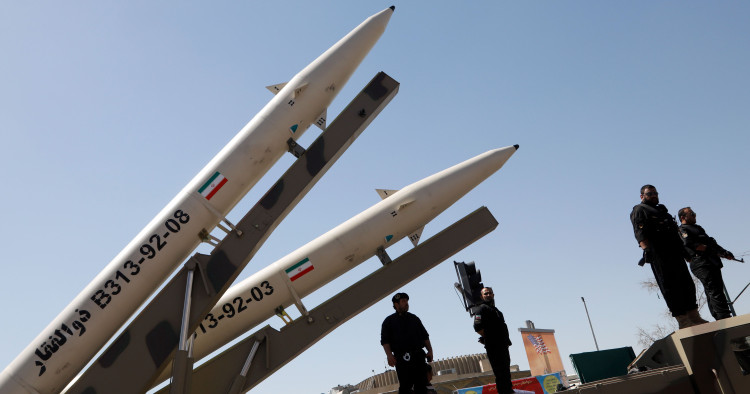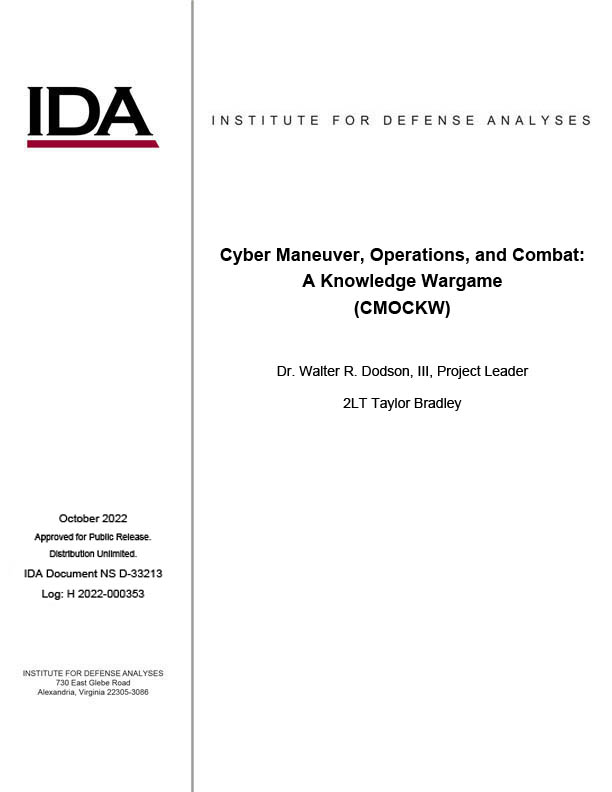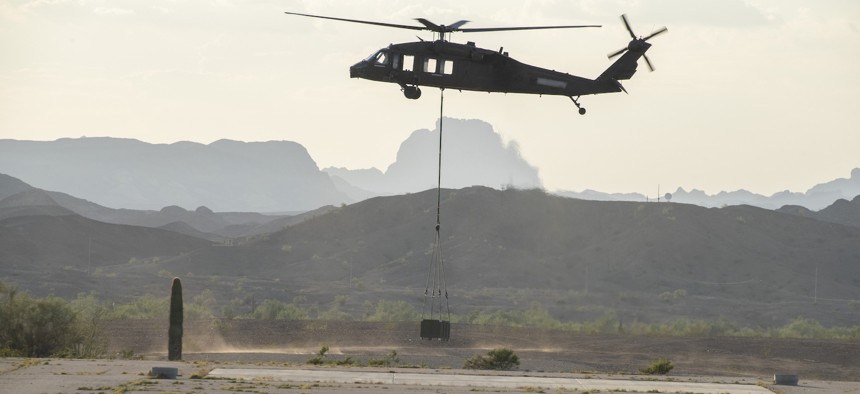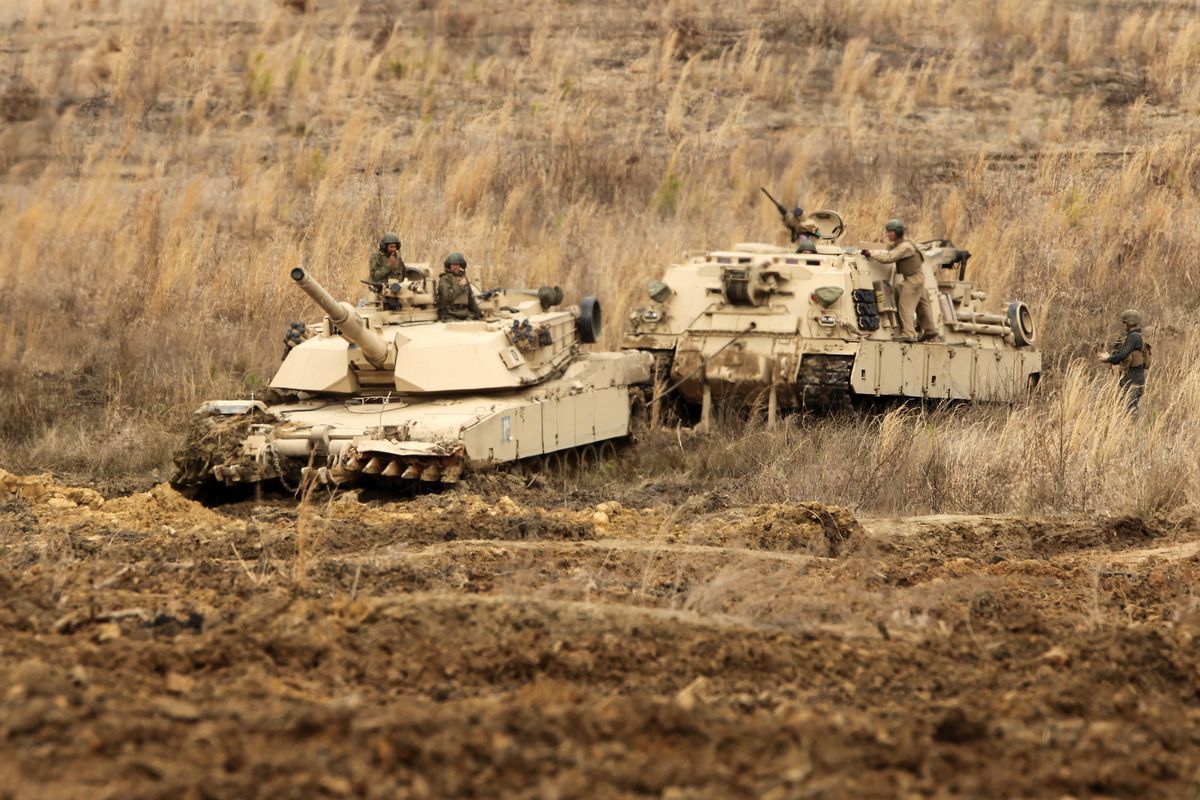Asad Gokal and Jaffer A. Mirza

Instead of reforming its draconian and dangerous blasphemy law, the National Assembly of Pakistan has passed a bill that further strengthens and weaponizes it.
The bill, passed on January 17, proposes to increase the punishment in cases pertaining to the blasphemy of Prophet Muhammad’s companions and His progeny, an offense under section 298-A in Pakistan’s penal code. The bill seeks to increase the period of detention, currently set at three years, to a minimum of 10 years and extendable up to lifetime imprisonment, along with a fine of 1 million Pakistani rupees (around $3,600). It also suggests modifying blasphemy to a non-bailable offense.
In a religiously diverse country like Pakistan, the current blasphemy laws are already exploited to a tremendous degree to pursue personal vendettas against the vulnerable. The proposed amendments are destined to criminalize religious differences and persecute the religious and sectarian minorities even more. The ambiguities and unclear definitions of key terms in the bill leave huge space for exploitation.
















